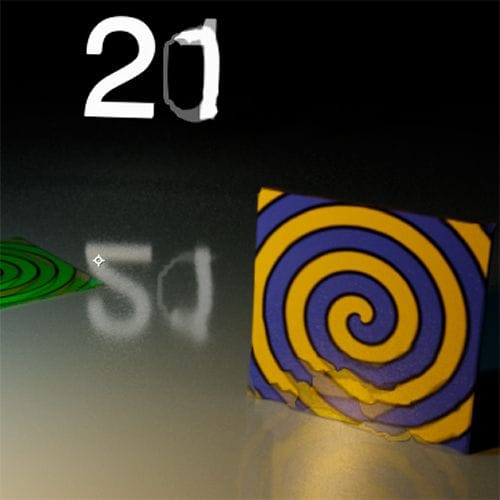Animation jitters?
-
I rendered this sequence as PNGs, then assembled the PNGs on a timeline in After Effects, exported to ProRes 422 with frame blending. This link shows 2 passes - one at normal speed (30fps) and one at 80% normal speed.
https://www.youtube.com/watch?v=O4lt6Vl5R50
The QuickTime movie file appears to play normally in Premiere, but when I export to .mp4 and upload to YouTube, it develops the "jitters." i.e. jerky breaks at random intervals like look like some frames get stuck. This has been an annoyance for years that we've developed settings and methods for tricking it into running more smoothly. But it seems like it shouldn't happen, period. Any thoughts on what might be causing it?
-
Hi fordmar,
The slow down is typically done to produce 30fps (29.97) with the same duration as the 24fps (23.976), perhaps 25fps for different TV specifications. Your idea sounds different.
Either way, slowing down is not as simple as it is often "sold". It works great on high-speed footage used at low fps, where things are already slower. Typically Motion analysis is applied. Even then, some things can and will typically cause problems. (Crossing items, transparency, or patterns on reflective objects.
The Time stretch in Ae also needs an adjustment in the Frame-Blending.
With your relatively fast-moving content, the problems of this technique become very apparent.
Please render the sequence of the file below. Since it is an image sequence, set the sequence to any FPS you start with in Ae. Leave the C4D project settings, so I can see more what your results are. Then set up your slowdown workflow.
I hope my project setup can effectively demonstrate what's happening.
CV4_2025_drs_25_RStr_01.c4d
The quality is set to low, so I can see noise and the rendering is fast. PNG is typically not my format, but you mentioned it.Thanks for the video. When you watch the second part of your link, go frame by frame with the "," or "." key, and you'll see that it repeats A-B-C-D-D each time. Here is the reason for the "jitter" as you call it. Even if you use a blend A-B-C-D-"D/A", the movement will stop because there is no progress added on D/A.

Blend> Pixel Motion (Compare the refections, they don't match the texture, just to name one example)To perfectly "time stretch" each frame of the new sequence needs to change, which is often not possible.
Do I get your problem so far? Please let me know. Then we can take a look at what would work better. The question of Motion Blur might be a key point to render a higher number of frames…
Chhers